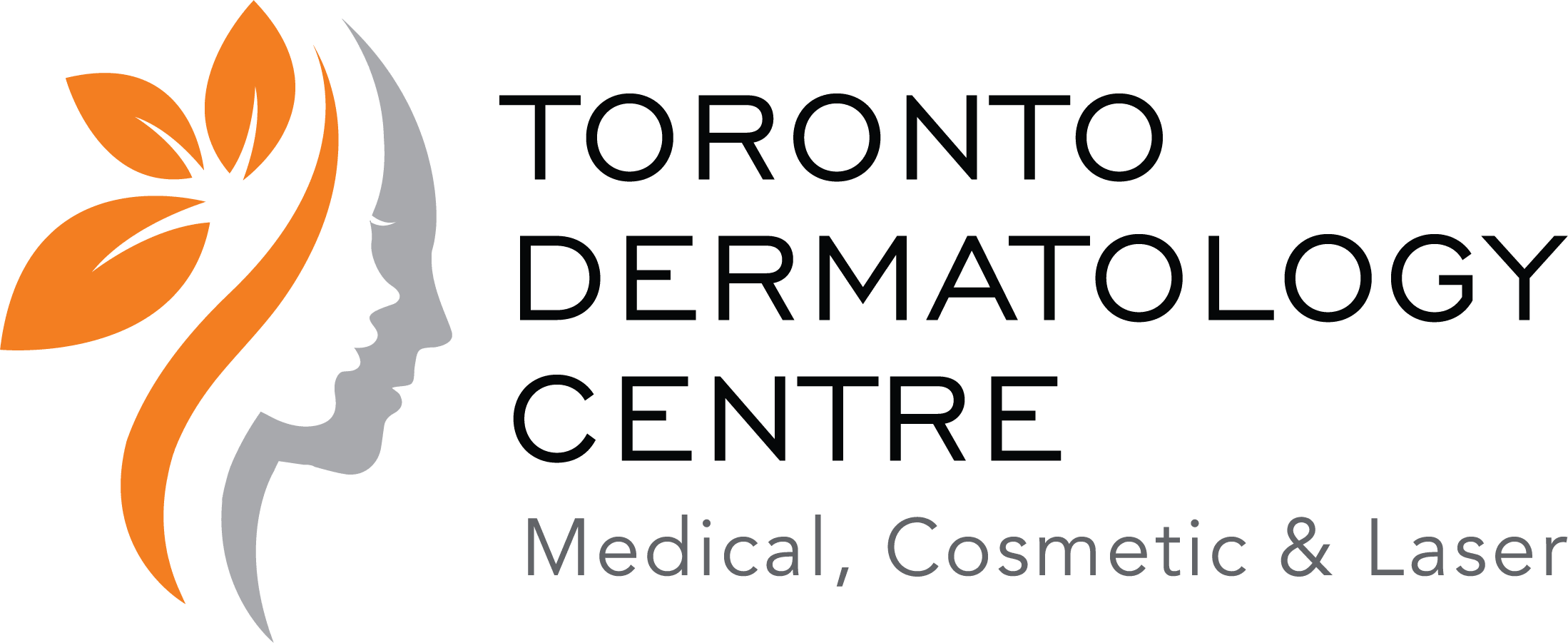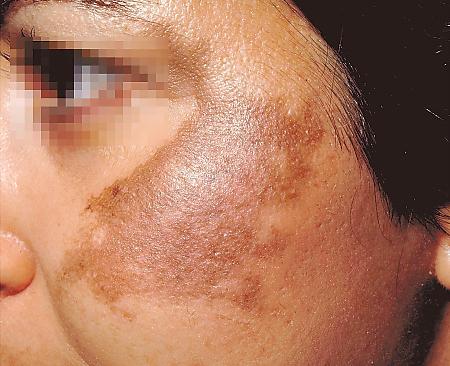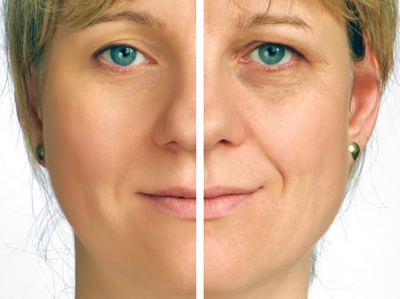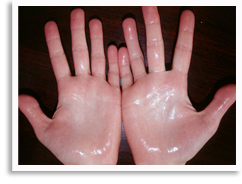
For younger patients, there is no excuse. To think a little colour is worth risking your life for, I say that is what bronzer is for. Be safe, be smart. But there is another group that has me worried the most. Those with darker skin feel that since they don’t burn, they are not at risk. If you fall into this category, be sure to read on. This may save your life.
Although people of colour have a lower risk of developing skin cancer than Caucasians, skin cancer is often diagnosed at a more advanced stage in people of colour, thus making it more difficult to treat and the prognosis much worse.
A study “Skin cancer and photo protection in people of colour: A review and recommendations for physicians and the public,” published in the Journal of the American Academy of Dermatology, provides recommendations for the prevention and early detection of skin cancer in people of colour based on a comprehensive review of available data.
The 5-year survival rate for Blacks and Latinos diagnosed with melanoma is lower than Caucasians, likely due to the fact that it is often more advanced when diagnosed. For example, the 5-year survival rate for Black Americans is 73% compared to 91% in Caucasians. This study was done in the USA, and therefore we don’t have the statistics for Canada. However, we can assume the numbers would be similar.
Tips for Patients
Many people of colour mistakenly believe that they are not at risk, but skin cancer is colour blind. Skin cancer can look and develop differently in individuals with skin of colour than it does in individuals with lighter skin. In fact, when skin cancer is diagnosed in people of colour, it is often found in areas of the skin that are not typically exposed to the sun. Specifically, the bottom of the foot is where 30% to 40% of melanomas are diagnosed in people of colour (e.g. music superstar Bob Marley, who died of his melanoma, had it on his foot). Nearly 8% of melanomas in Asian Americans occur in the mouth. Squamous cell carcinoma — the most commonly diagnosed skin cancer in Blacks — often develops on the buttocks, hip, legs and feet.
It is recommended that patients with skin of colour should be advised to check their skin monthly and make an appointment with their dermatologist if anything suspicious is noted. It is also recommended that patients:
• Pay special attention to the palms of the hands, soles of the feet, the fingernails, toenails, mouth, groin and buttocks.
• Look for any spots or lesions that are changing, itching, or bleeding or any ulcers or wounds that will not heal.
Unprotected exposure to ultraviolet rays has been identified as a risk factor for skin cancer in people of colour. Basal cell carcinoma (BCC), the most commonly diagnosed skin in cancer in Asian Americans and Latinos, is most frequently found on sun-exposed areas of the skin, such as the head and neck. Skin of colour patients also should be reminded to:
• Seek shade whenever possible.
• Wear sun-protective clothing, including a wide-brimmed hat (baseball cap doesn’t protect your ears and nose) and sunglasses.
• Avoid tanning beds.
• Apply sunscreen with a sun protection factor of at least 30 to all exposed areas of the skin before going outdoors. When outdoors, reapply sunscreen every 2-3 hours, and after swimming or sweating or towelling.
• Take a vitamin D supplement because they are at a higher risk of vitamin D deficiency, especially individuals with darker skin.
While I may have the palest of pale skin, and moles quite visible, the fact that I have such contrast makes it easier to detect if something looks off. Because I burn easily, I wear sun protection every day of the year, even in winter. I have taken most of my risks away. Education and observation are key and action based on those may save your life.
~ Sheri Roselle, Medical Esthetician at Toronto Dermatology Centre






